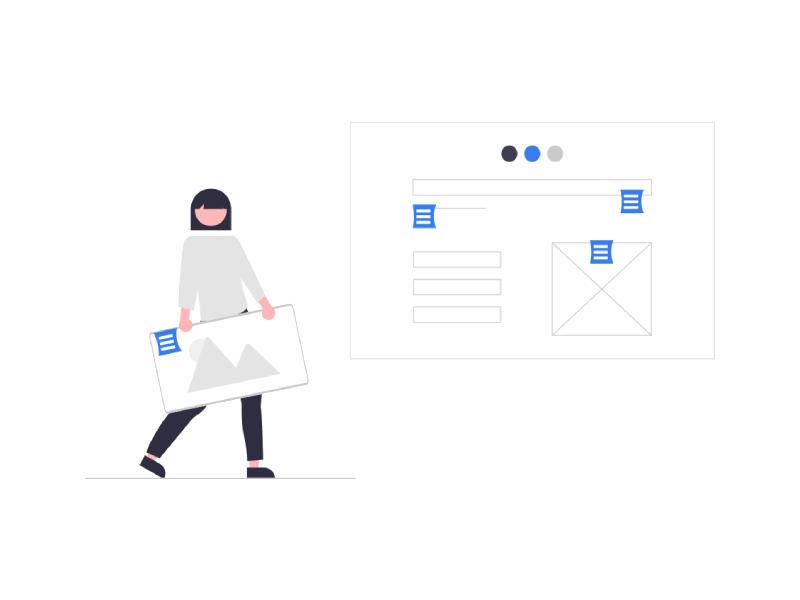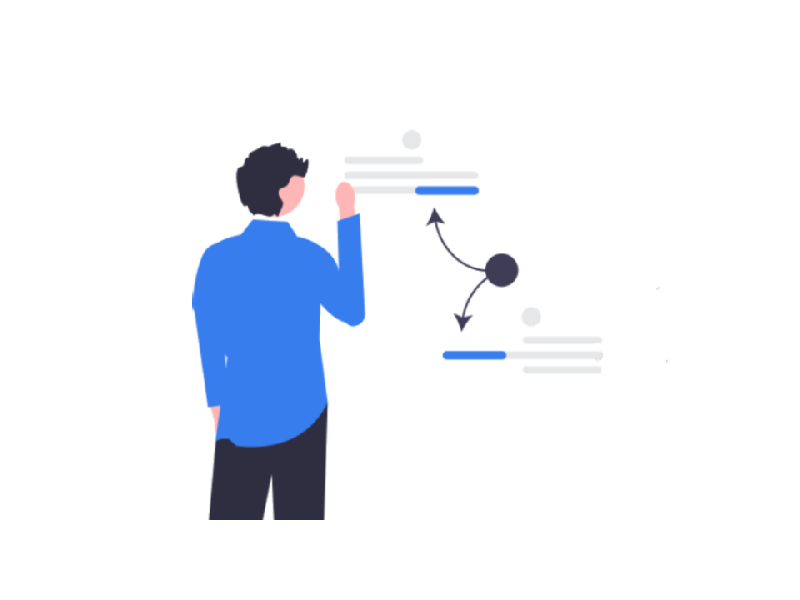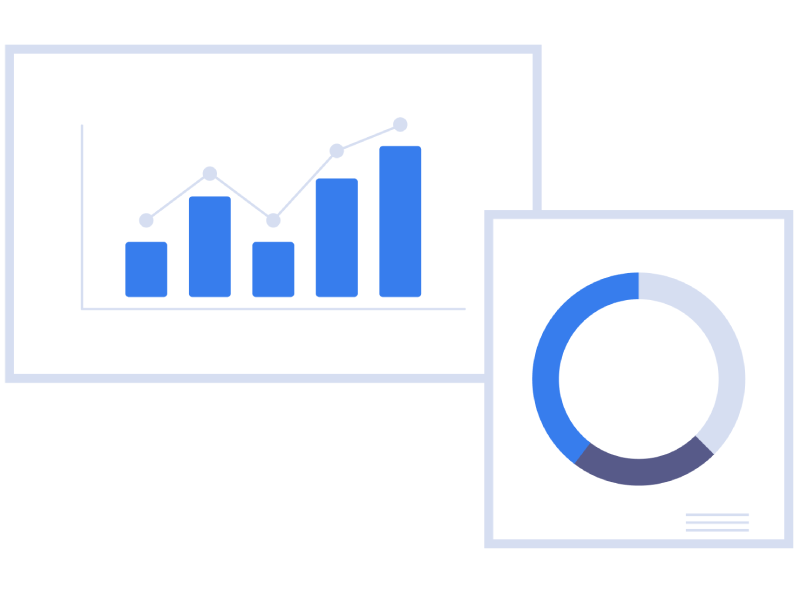What We Know Right Now
Ranking in Google isn’t instant. Despite improvements in crawling and indexing, getting a new page into the top 10 is still a long game—especially in 2025.
Recent research from Ahrefs and BloggersPassion reveals a stark reality: most new pages don’t rank quickly, and many never do at all.
Even with AI-powered content or clean technical SEO, ranking takes time. Why? Because Google’s algorithms weigh trust, backlinks, and domain history—and those can’t be faked overnight. In fact, new data from the Search Engine Journal shows that nearly 85% of the content created by newly launched websites doesn’t break into the top 50 SERP positions within the first 6 months.
This delay isn’t just about Google’s crawl queue. It’s about reputation. And reputation, in Google’s eyes, is a function of consistency, authority, and engagement. The longer a website produces relevant content and attracts attention from other trusted sources, the more likely its pages are to gain visibility.
Key Stats at a Glance
| Metric | Value (2025) | Change from 2017 |
| Pages ranking in top 10 within a year | 1.74% | ↓ from 5.7% |
| Avg. age of a #1 ranked page | 5 years | ↑ from 2 years |
| % of top 10 pages older than 3 years | 72.9% | ↑ from 59% |
| Pages <1 year old in top 10 | 13.7% | ↓ |
(Source: Ahrefs 2025, 1M+ page dataset)
These figures come from a 2025 Ahrefs study of over 1 million pages. They emphasize the patience required to earn meaningful rankings in today’s competitive landscape. The numbers also suggest that, more than ever, SEO is a long-term play—where consistency and topical authority win out over hacks and shortcuts.
Ranking Fast? Rare But Possible
While most new content takes 3–6 months to reach the first page, some outliers do break through in weeks—usually because they check off multiple boxes:
- Low-competition long-tail keyword
- Highly relevant, timely content
- Strong internal linking from authoritative domains
Examples include:
- New content targeting breaking news or trending events
- Niche industry updates published on aged domains
- Expert roundups or interviews with unique insight
“Google’s index is fast, but trust takes time,” — Nils De Moor, CTO at WooRank
Keep in mind: these exceptions are rare. For every page that ranks in 10 days, there are thousands that never see page one.
The Age Factor: Older Pages Still Win
Age isn’t a ranking factor per se, but it’s a proxy for accumulated trust.
In 2025:
- The average #1 page is 5 years old
- 72.9% of top 10 pages are over 3 years old
- Only 13.7% are younger than 12 months
Why does this happen?
- Older pages usually have more backlinks
- They’ve likely been refined and updated over time
- Google treats them as “established answers” to recurring queries
In fact, John Mueller from Google has stated: “We don’t prioritize age directly—but we recognize when content has stood the test of time.”
Google’s Trust Signals in 2025
To rank, pages must demonstrate trustworthiness. Key signals include:
- Backlink profile: editorial, topical, and contextual
- Engagement metrics: dwell time, bounce rate, pogo-sticking
- Content freshness: especially in YMYL topics
- Author identity: E-E-A-T (Experience, Expertise, Authoritativeness, Trustworthiness)
- Brand mentions across authoritative platforms, even without links
- Click-through rates (CTR) from the SERP itself, signaling user intent match
These signals are processed not only in isolation, but through Google’s MUM (Multitask Unified Model) and machine learning pipelines, which compare content across regions, entities, and languages.
Factors That Influence Ranking Speed
| Factor | Impact | Notes |
| Keyword Difficulty | ⬆️ Slows ranking | Target KD < 30 |
| Domain Authority | ⬆️ Speeds trust | Aged domains rank faster |
| Content Depth | ⬆️ Crucial | 1,500–2,500 words preferred |
| Internal Linking | ⬆️ Enhances equity flow | Especially from top pages |
| Backlinks | ⬆️ Essential | Contextual > profile > spam |
| Mobile UX | ⬆️ Core Web Vitals | Mobile-first is default |
| Page Experience | ⬆️ Affects CTR & dwell time | Design, layout, clarity |
| Structured Data | ⬆️ Enhances snippets | Use FAQ, HowTo, Product |
One overlooked element: link velocity. A sudden spike in low-quality backlinks can flag spam signals. In contrast, a steady and diverse backlink profile tends to be favored.
Visual: Page Age Distribution (Top 10 Rankings)
Chart Placeholder:
- 0–1 year = 13.7%
- 1–3 years = 13.4%
- 3+ years = 72.9%
(Source: Ahrefs 2025)
Case Study: BloggersPassion Blog Post
Tracked from publication to top 3 in under 6 months:
- Week 1: Indexed in 36 hours
- Month 2: Page 2 ranking
- Month 5: Top 3 spot
- Month 8: Maintained #1
Why it worked:
- Evergreen topic with low KD
- 2,000+ words of value-driven content
- 15+ earned backlinks from contextual placements
The Role of Promotion & Social Signals
Google doesn’t reward “published and forgotten” content. External promotion plays a major role in gaining traction:
- Email blasts to niche audiences
- Reddit & Slack group sharing
- LinkedIn post repurposing
- Syndication & quotes from influencers
These strategies build the kind of early trust signals that search engines—and humans—respond to.
SEO Checklist for 2025 Rankings
✅ Technical
- Fast LCP (<2.5s)
- Mobile-responsive, Core Web Vitals optimized
- Secure (HTTPS), error-free crawl logs
- Sitemap + robots.txt setup
✅ Content
- Long-form (1,500–2,500 words)
- Clear structure: H1-H3 hierarchy
- NLP terms + semantic clustering
- Structured data: FAQ, HowTo, Product
✅ Promotion
- Targeted link outreach
- Social sharing across platforms
- Featured in industry roundups
- Internal links from authority pages
✅ Monitoring
- Google Search Console (impressions, CTR)
- Analytics (bounce, time on page)
- Ahrefs/Semrush (link growth, rankings)
Bonus Table: Ranking Timelines by Industry (Estimates)
| Industry | Avg. Time to Rank Top 10 |
| Finance | 6–12 months |
| Health | 9–18 months |
| SaaS | 3–6 months |
| Local Business | 2–4 months |
| eCommerce | 4–8 months |
(Source: Industry benchmarks, 2024–2025)
Future Outlook: What SEOs Should Expect
- AI-powered SERPs will use deeper trust metrics to surface content.
- Freshness updates will matter less than maintained accuracy.
- Entity-based ranking may play a larger role as Google leverages its Knowledge Graph and MUM architecture.
- The gap between indexed and ranked content will likely grow.
Expect SEO to move beyond basic content into areas like:
- Topical authority modeling
- Multimedia + hybrid search (video + text)
- UX and behavioral metrics as implicit quality validators
“Publishing is the start. Authority is the goal.” — Aleyda Solis
Conclusion
In 2025, here’s what ranking typically looks like:
- Indexing: Within 48–72 hours
- Initial movement: Week 2 to Month 2
- Top 10 visibility: Month 3–6 (best case)
- Sustained #1 position: Over 6–12 months with updates and authority
Search success in 2025 still depends on patience, strategy, and persistence—not shortcuts.







